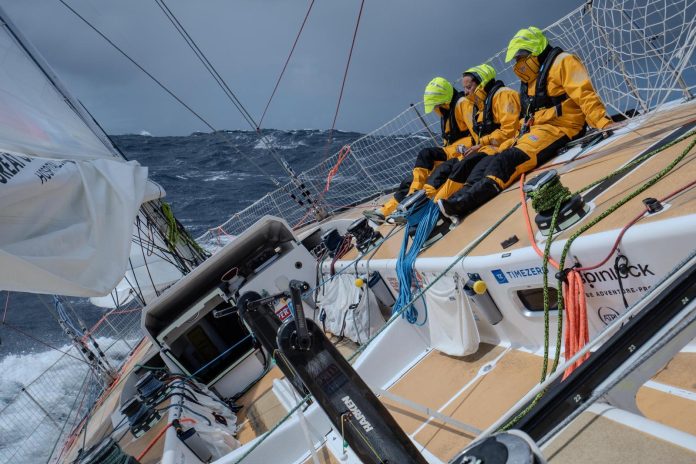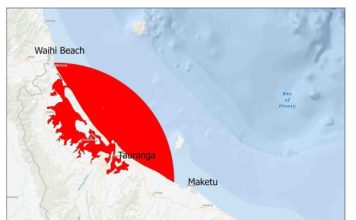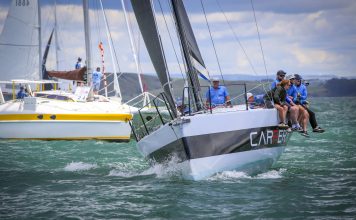A challenge open to all
The 2025 Clipper Round the World Race is one of sailing’s greatest challenges. Since 1996, it has drawn people from every walk of life and turned them into ocean racers. Founded by Sir Robin Knox-Johnston, the first man to sail solo nonstop around the globe, the race carries the spirit of pure adventure.
Unlike elite competitions, this event is open to everyone. With no previous sailing experience required, volunteers undergo months of rigorous training before stepping aboard. Crews learn navigation, sail trim, safety drills, and teamwork on a scale that few ever encounter.
No longer used for cargo delivery
The term clipper reaches back to the 19th century, when tea clippers raced to deliver their cargoes across oceans. Those ships were named for their ability to “clip” through the waves at speed.
Today, a “clipper” means something very different: a modern, 70-foot ocean racing yacht designed by Tony Castro specifically for this challenge. These Clipper 70s form the world’s largest matched fleet of racing yachts. Their features are all about performance and survival: twin rudders, twin helms, a wardrobe of eleven sails, and interiors stripped down to open bunks and minimal amenities. Comfort is sacrificed in favour of safety, speed, and endurance.
Crews and onboard roles
Over 6,000 people from 60+ nations have now taken part. Crews number more than 700 in each edition, working in watch systems day and night.
Roles on board cover every corner of seamanship: helming through storms, grinding winches, working the pit, climbing masts, repairing sails, fixing engines, and provisioning food. Some take on specialist responsibilities such as bosun, engineer, medic, or victualler.
It’s this total immersion that makes the race so transformative. A stranger can become a sailor in weeks, and a sailor can become a leader in months.
The oceans that test
Eight legs take the fleet across every major ocean. There’s the speed of the Atlantic Trade Winds, the ferocity of the Roaring Forties, and the vast emptiness of the North Pacific. The Australian coast, Asia-Pacific challenge, and American coast-to-coast legs each bring their own demands.
Whether taking on one leg or the full circumnavigation, participants face experiences that live with them forever: days of flat calm at 45 degrees of heel, icy spray in the Southern Ocean, and the exhilaration of surfing down waves at 25 knots.
Racing rules and tactics
Although it’s an endurance event, this is also serious competition. Ten teams compete for the Clipper Trophy using a points-based system. Each finishing position earns points, with bonus opportunities from Ocean Sprints, Scoring Gates, and the tactical Joker card that doubles finishing points for one race.
Add to this the option of going into Stealth Mode, where a team hides its position for 24 hours, and you have a blend of sailing, strategy, and psychology.
A race with purpose
This edition is not only about people and boats but also the planet. Through a partnership with the International SeaKeepers Society, the fleet is supporting global ocean science. Each yacht carries sensors that contribute to the Seabed 2030 project, aiming to map the world’s seafloor. Crews are also gathering data on ocean health, marine pollution, and wildlife distribution.
It is a circumnavigation with a conscience: every sail change, every watch, every mile logged adds to our understanding of the oceans.
The spirit lives on
For many, who understand the pull of the ocean, the Clipper Race resonates deeply. It’s about endurance, mateship, skill, and respect for the sea.
The 2025 Clipper Round the World Race is not just a sporting event; it’s a reminder of what people and boats can achieve when pushed to their limits.



















